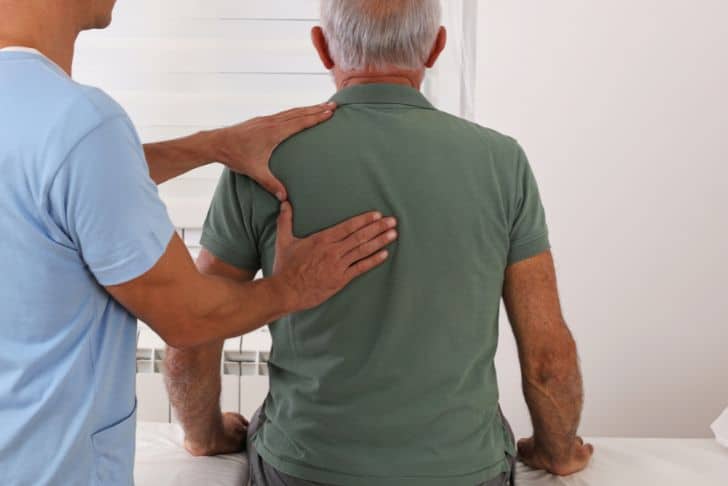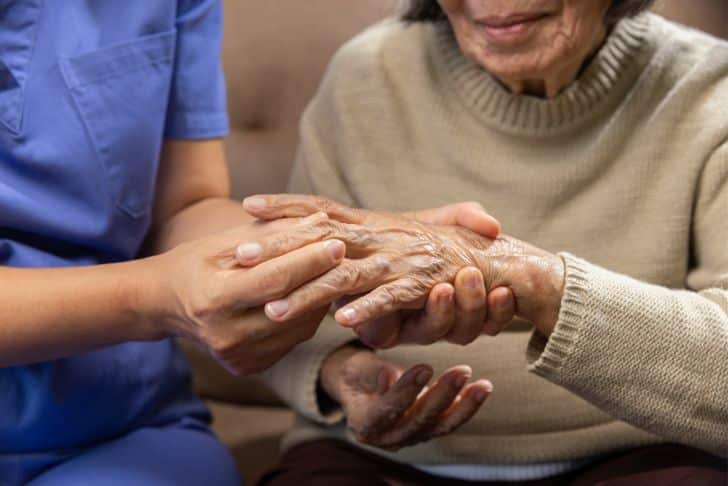Are You Aware of the Threat of Falls to Older Adults?
Isn’t it shocking to know that falls are a severe health risk for older people in our society? So much so that they threaten the independence and overall well-being of these treasured family members. It’s a pretty somber topic, but friends, falls should not be considered just a part of getting old. This is where the Centers for Disease Control and Prevention (CDC)’s crucial role in preventing older adult falls comes in!

Older Adult Fall Prevention
34% of people over 65 experience a fall each year and, unfortunately, this number is on the rise. It is a grave concern that affects the quality and longevity of life for older adults. Falls are currently the leading cause of injury-related death for adults aged 65 and upwards. But here’s the good news: the CDC has given us a roadmap for prevention!
The CDC uses comprehensive data and research to develop effective strategies to reduce and even prevent falls among older adults. Please keep in mind that when we talk about “older adults,” we refer to anyone 65 years and older.
Eye-Opening Fall Statistic Figures from CDC
Let me share some sobering facts with you. In 2020, over 36,000 deaths among adults aged 65 and older were caused by falls. That’s more than the population of some of our small towns. The emergency departments of our hospitals recorded 3 million visits for older adult falls the same year. And the cost? Hold your breath! Older adult falls cost us a whopping $50 billion annually in medical costs, of which Medicare and Medicaid handle 75%.
In light of these facts, there’s no denying that fall prevention deserves our immediate attention.
CDC: The Beacon of Fall Prevention
The CDC is a lifesaver, quite literally. They have been working diligently towards fall prevention among older adults. They offer resources and publications to create awareness and understanding about fall prevention.
Keeping Adults On Their Feet
Now, let’s talk about ‘MyMobility Plan’. It’s a well-articulated plan by the CDC that provides a path to keep older adults on their feet and out of emergency rooms. It sheds light on the steps that older adults can take to maintain and improve their mobility and provides guidance on what they can do if they have a fall. It’s part of their concerted effort to reduce the chances of a fall and the severe consequences that can follow.

Evaluating Your Risks and Ensuring Safety
“Are Your Medicines Increasing Your Risk of a Fall or Car Crash?” is another insightful resource from the CDC that focuses on medication risks. It aims to educate older adults about how their medications might be inadvertently increasing their chances of falls.
Moreover, the CDC also focuses on transportation safety, highlighting the risks that older adult drivers may face. By addressing these risks, the resources help ensure that older adults remain safe on the road, thereby reducing the number of fall-related car crashes.
Similarly, recognizing the growing risk of traumatic brain injury (TBI) following a fall, the CDC has provided comprehensive resources on how to avoid such outcomes. Whether it’s elder abuse prevention or education about concussions, the CDC leaves no stone unturned when it comes to safeguarding the health and well-being of our older adults.
Articles and Updates to Stay Informed
The CDC also publishes rich content in the form of articles to provide information that could help older adults and their caregivers avoid falls. Titles like “A Descriptive Analysis of Location of Older Adult Falls that Resulted in Emergency Department Visits in the U.S., 2015” and “Trends in Nonfatal Falls and Fall-related Injuries Among Adults Aged ≥65 Years—U.S., 2012–2018” offer comprehensive views of the growing threat of falls in the older adult population.
If you want to stay updated about this topic, I highly recommend subscribing to email updates about this topic from the CDC. All you need to do is enter your email address on their website.

Let’s Stand Together Against Falls
While the CDC is working hard to help prevent falls among older adults, it’s up to us to put this advice into action. Whether it’s recommending exercise to strengthen physical health, making homes safer, or advocating for regular check-ups with doctors, the role we can play is huge.
Falls can significantly impact the quality of life for older adults, but they don’t have to. Thanks to the ongoing efforts of the CDC, preventing falls is possible. With the right knowledge and resources, we can all help to reduce fall risks and keep our older loved ones safe and healthy!
Are you ready to join the fight against falls and make a significant difference in someone’s life today? Let’s do this together!
Sources: Centers for Disease Control and Prevention, National Center for Injury Prevention and Control.
